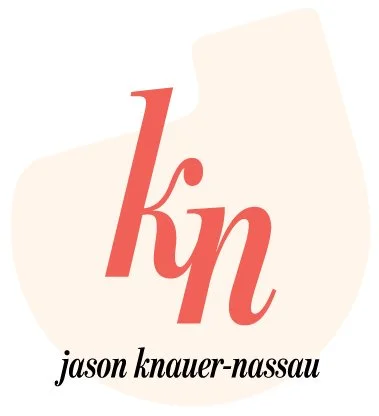I’ll admit, I'm a guy who has a somewhat inconsistent capacity for taking instruction. Let me explain.
I really, really love maps. It’s kind of an obsession. Looking around my studio right now I count two globes, one gigantic map of India, one real estate survey map of my neighborhood from 1890 and two hand painted maps of German states that I’ve never even been to. (Side note, did you know that there is a town in Germany called Knau? And if you came from Knau you were a Knauer? Get it?) There are also no less than 17 books hanging around that contain nothing but maps. Not only are they beautiful, but I just love the way they create order in the world. It’s chaotic out there, and I’ve always appreciated and found the detailed instruction that a good map can provide easy to follow.
Now on the other hand, if you ever have the occasion to attend a yoga class with me, you’ll quickly realize I’m not always so good at following instruction. Inevitably, when the teacher says dhanurasana, I strike a salabhasana and end up face to face with the nice lady behind me for three awkward exhalations. And it’s not the verbal instruction thing that’s the problem either. My inability to follow a recipe is nothing short of profound. What do you mean this pot pie doesn’t call for at least four tablespoons of red pepper flakes? Clearly a mistake! (shake, shake) There, I fixed it.
Over the years, I have learned how these distinctions come into play. When I’m reading a map, I’m just learning facts. So, I have no problem accepting said facts and finding my way to that semi-successful yoga class. But when I get there, for me at least, that experience is more fluid. It becomes more subjective. Maybe my abs just need a greater stretch that day so I subconsciously improvise. And maybe I just prefer when my tongue is halfway burned off at dinner. The point is, it’s human nature to bend the rules when it suits us. But as facilitators of our clients’ goals, it’s important for designers to set our own preferences aside and only do what’s right for the brand. And this is why a brand guide is so very important. It outlines rules and guidelines for maintaining a brand’s identity, and provides clear instruction for the many folks working on behalf of it. It is, in fact, a brand map.
So what exactly should your brand guide contain? Well, it should include all of the essential elements of your brand’s visual identity and tone, starting with the brand positioning. Let’s look at some of the essentials.
Brand Positioning
What is your brand? What is it about? What are you communicating? To whom? Why? How? All of this should be summed up in a brand or mission statement that clearly governs everything that follows in the document.
The Logo
It’s important to set some guidelines on how to (and how NOT to) use your logo. Make sure you are indicating things like minimum size, clearance from other elements and acceptable black/white usage along with reversed versions. Is it ever acceptable to rotate it? Can it be placed over an image or pattern? These are things that should be indicated. Also, if your company has a tagline, be sure to address standards for how this is treated.
Colors
Color is a very recognizable component of a brand and it’s vital that your guide specifically outlines your main and secondary colors. Be sure to include Pantone® coated and uncoated numbers as well as CMYK, RBG and hex code breakdowns for each.
Typefaces
Your guide should outline what faces should be used for what applications, and at what sizes. It should indicate how headlines and body copy are treated online and offline. Be sure to note any font substitutions that are acceptable if your branded font is unavailable.
Messaging
How your brand sounds is just as important as how it looks and your guide should always clearly communicate the intended tone. Use keywords. For example, are you edgy and irreverent or quirky and fun? Be sure to note any words to avoid in messaging as well as any specific verbiage to include when appropriate.
Imagery and Iconography
Finally, you should outline any notes on photographic style as well as provide guidelines for any brand elements that your identity employs. Use examples. Should photos be bright and cheerful or dark and moody? Are there elements like patterns and icons that should be used? How? Be specific.
This isn’t an exhaustive list, as your specific brand requirements may vary, but it’s a great start to getting your communications consistent. And, of course, it can itself be a thing of beauty! In the end, your guide should be the go-to resource for how your brand is communicated. And it should not be treated as a static document! As your brand grows, you'll want to add actual examples of these guidelines in use through things like collateral and advertising. If you start to notice conflicts, that may be a sign that your brand is either getting off strategy or ready for a refresh, and then you'll call me. Meanwhile, I’ll be over here making more wall space for this beauty.
What's the best example of a great brand guide that you've seen lately?

